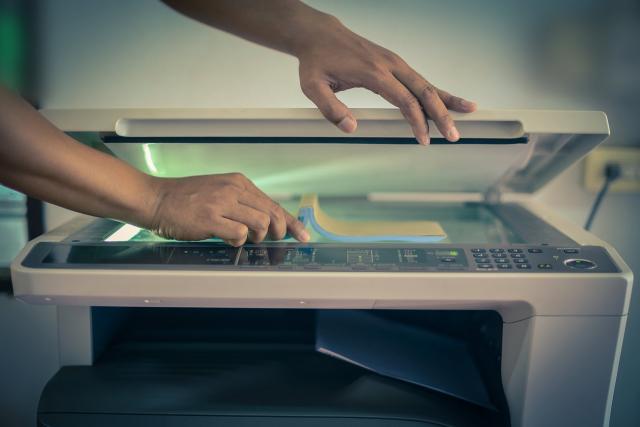Have you ever wondered how document scanning actually works, and what it can really do for your business? In the steps outlined below, you’ll see just how valuable the scanning features on your Fresno copiers and MFPs can be when used to their best advantage.
Capture—The Basic Steps
Document capture is slightly different from data capture. In the former, the document is simply turned into an electronic version of the original, most often via PDF, TIFF, or JPEG. Data capture uses software to search for information found within a document. The data is captured, but no image of the document is saved.
Here are the basic steps involved in scanning and capturing documents.
- Prep your documents. Removing staples and paper clips may seem like a given, but overlooking this simple step can cause your Fresno copiers to fail. Ditto for torn pages and sticky notes.
- Capture or conversion. Paper documents are placed on the device or, simply imaged as in the case of a digital document. Fax, smartphone cameras, MFPs, copiers and scanners all now feature the ability to scan and capture documents.
- Processing. Depending on your requirements, entire forms are saved and indexed, or just the data is captured and then entered into the appropriate database. If necessary, image cleanup follows, with problems flagged so rescanning can take place.
- Data recognition. Devices are programmed to capture data using processes like optical character recognition (OCR) or intelligent character recognition (ICR), which can read and interpret characters written by hand. Other processes include optical mark recognition (OMR) for symbols and barcode recognition.
- Indexing. Whether key fields or full text, indexing is a critical last step and puts your information just a few keystrokes away.
Your Fresno copiers can become valuable business partners, helping to protect your collective knowledge and making it accessible to those who need it. To learn more, contact us at C.A. Reding today!

